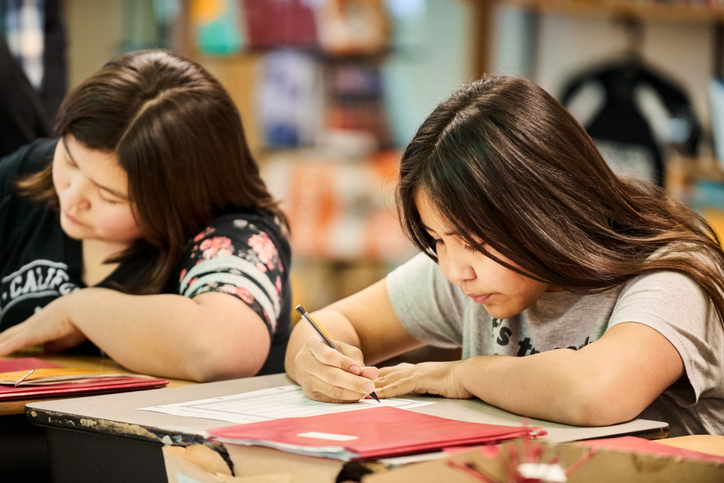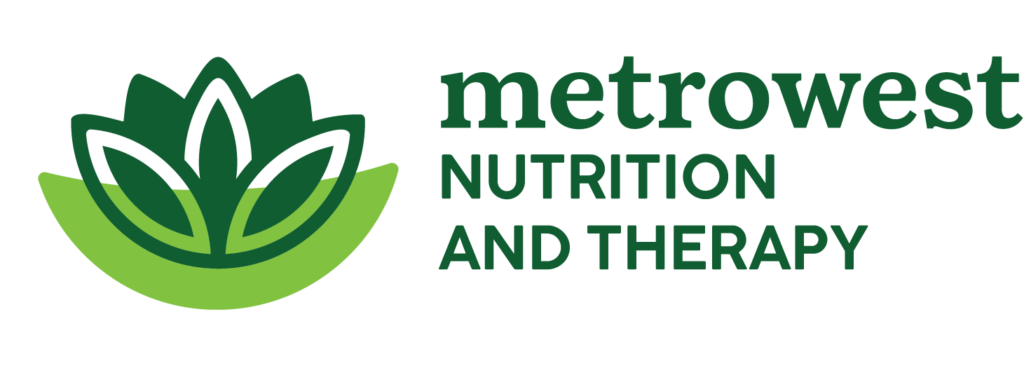
A New Perspective on Eating Disorders in Indigenous Peoples
Last Friday, we had the great honor of hosting Social Justice Eating Disorder Educator, Gloria Lucas of Nalgona Positivity Pride for a lecture on the connection between historical trauma and eating disorders in Indigenous Peoples’ cultures (Gloria emphasized the important distinction that from one tribe to the next, traditions and heritage varies). To say this seminar was eye opening is a vast understatement. Facing the horrific reality of harm caused to this culture… to this population of people… the permanence of it and the generational trauma that has ensued… in intimate detail is absolutely gut wrenching. AND IT IS SO IMPORTANT. The discomfort we experience facing our ancestors’ role in eradicating an entire culture, a culture rich in knowledge we desperately need right now as we face environmental challenges, is minute in contrast to the trauma these people have endured. It’s necessary too. We all benefit from this work.
While Indigenous People make up just 5 percent of the global population, they account for about 15 percent of the extreme poor, their life expectancy is up to 20 years lower than the life expectancy of non-Indigenous people worldwide and according to The World Bank. In the United States, the average income of Native Americans is less than half the average for the U.S. overall.
How does this relate to eating disorders? The historical trauma carried from one generation to the next places Indigenous People at a higher risk for eating disorders (as well as substance abuse). Food insecurity is another contributor for this population. Individuals who experience food insecurity are at a much greater risk for binge eating disorder. Starvation leads individuals to binge when food is available.
In 2011, the first study on the impact of eating disorders in American Indians/Native Americans was conducted. The team was led by Professor Ruth Striegel-Moore from Weslyan University who shared this:
“Little is known about eating disorder symptoms in Native American populations for several reasons. Even though the U.S. government recognizes over 500 NA tribes one of the biggest research challenges is to find an adequate sample size. Our aim was to examine the prevalence of behavioral symptoms of eating disorders in a public access database to get an initial estimate of the extent to which young NA adults experience such problems.”
While there were many limitations in this study and further research is required, the results of this study demonstrated that eating disorder symptom trends were in the direction of greater pathology in the AI/NA sample compared with the white sample and warrant consideration of the possibility that eating pathology is more prevalent in AI/NA populations, similar to other mental health problems
There are numerous challenges to fully assessing the extent of eating disorder symptoms in the IP population due to various issues relating to diagnostic bias (eating disorders have long been assumed to be a white female issue), small population size and access to quality medical care. One important point that Gloria mentioned in her presentation is how vastly different Indigenous People’s healing model is from what we now know to be Western medicine. These individuals have a systems of beliefs and traditions around healing that are not honored in our society. They understandably may be reluctant to navigate our medical system.
Gloria beautifully emphasized the importance of recognizing the trauma Indigenous People are carrying and rethinking how we, as therapists look at and place value on ” recovery” from an eating disorder. She went on to emphasize the importance of food sovereignity in this population; not imposing our own food practices on them but instead recognizing the significance of cultural foods and food practices and empowering individuals to find ways to harvest food in their own communities. Learn more about this model at The Food Empowerment Project. ecommends allowing space to hold and honor racial trauma and to operate from a harm reduction model. In fact, she is finalizing at training on this harm reduction model. You can register here to receive notification when the course is released. I highly recommend to you look into her work and follow her on IG @nalgonapositivitypride.



